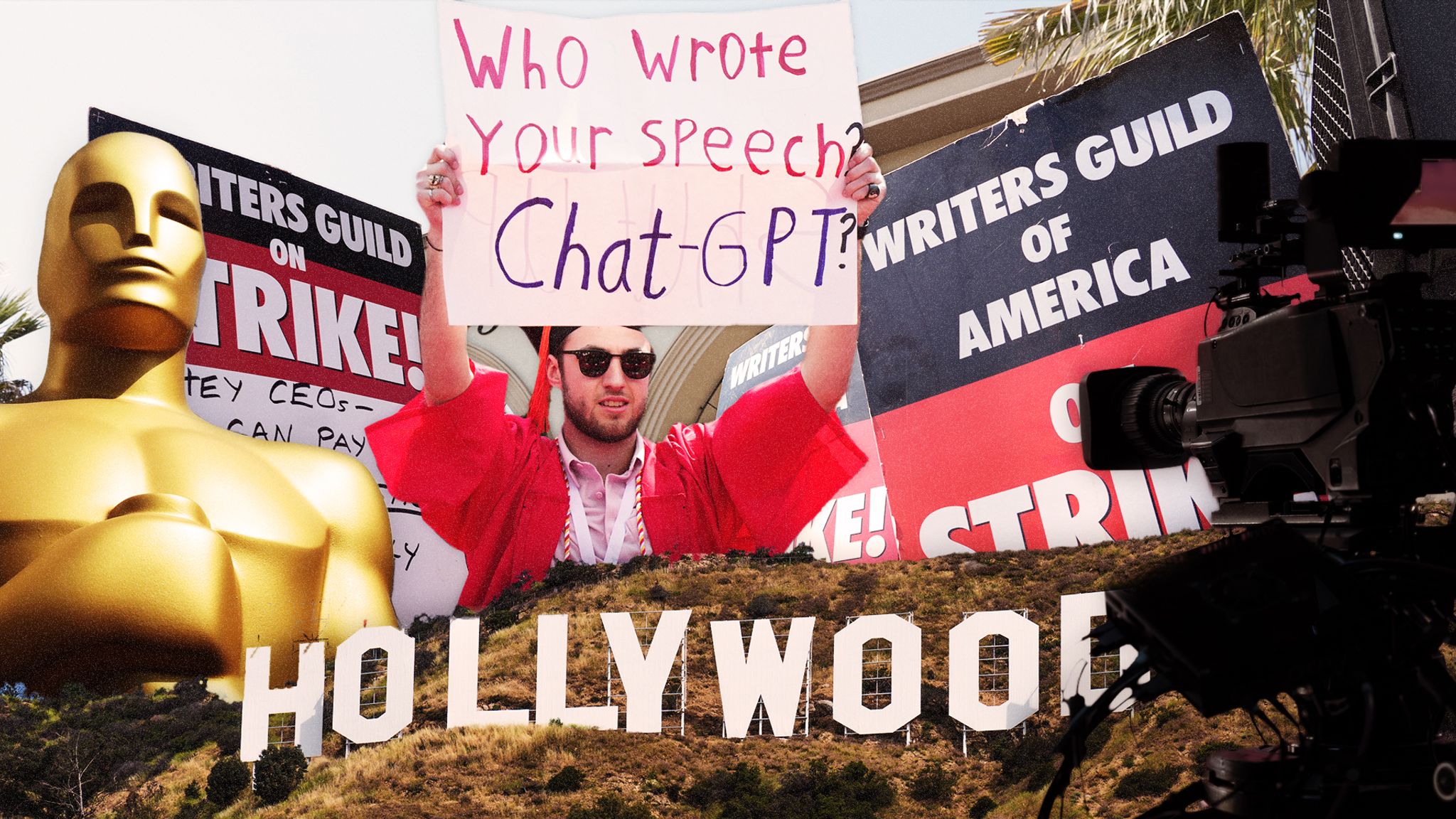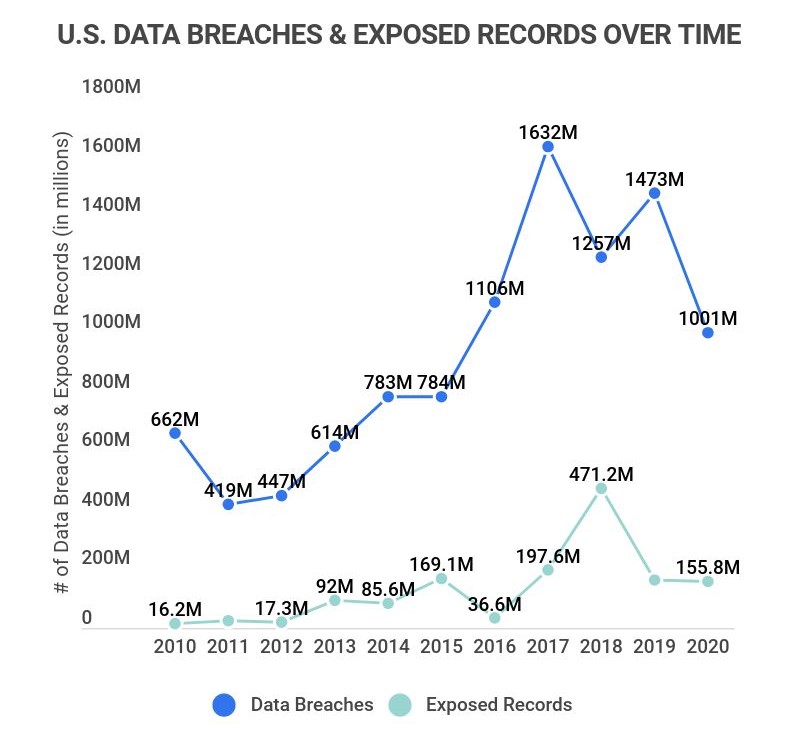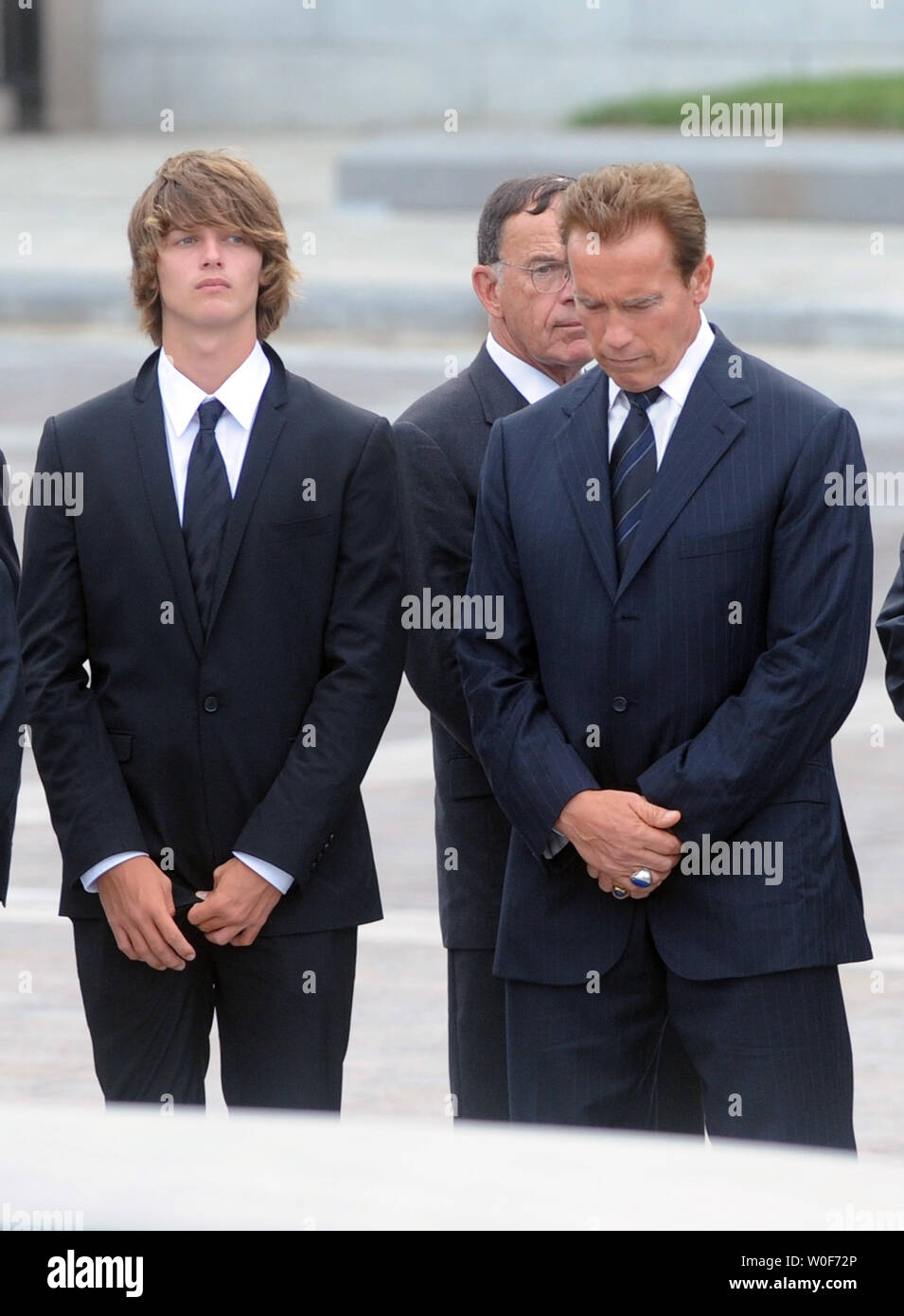Double Trouble In Hollywood: Writers' And Actors' Strike Impacts Film And Television Production

Table of Contents
The Core Issues Fueling the Hollywood Strike
The Hollywood strike represents a clash between the established power structures of major studios and the creative professionals whose talent fuels the industry. Both the WGA and SAG-AFTRA are fighting for fair treatment and compensation in an evolving entertainment landscape dominated by streaming services.
-
WGA Demands: The Writers Guild of America's demands center around fair wages, particularly residuals in the streaming era. The rise of streaming has significantly diminished writers' income from syndication and rerun royalties, a previously significant source of revenue. Furthermore, the WGA is demanding robust regulations on the use of Artificial Intelligence (AI) in writing, fearing that AI could displace human writers. Increased minimum pay for writers is also a key demand, acknowledging the increased cost of living and the disparity between writer compensation and executive salaries.
-
SAG-AFTRA Demands: The Screen Actors Guild – American Federation of Television and Radio Artists shares many of the WGA's concerns, including fair wages and improved residuals in the streaming era. Their demands also encompass protections against the misuse of AI in creating digital likenesses of actors without their consent or compensation. Improved working conditions, addressing issues like long hours and fair treatment on set, are also central to their campaign.
-
The Pay Gap: A crucial element fueling the Hollywood strike is the widening gap between executive compensation and the wages of writers and actors. While studio executives enjoy massive salaries and bonuses, creative workers often struggle to make a living wage, especially in the increasingly competitive streaming market. This disparity is a major source of frustration and a key driver of the strikes.
The Economic Impact of the Hollywood Strike
The Hollywood strike's economic impact is already substantial and continues to grow. The standstill in production translates to significant financial losses across the board.
-
Studio Losses: Major studios are losing millions, if not billions, of dollars in potential revenue from delayed or canceled productions. This includes not only the cost of halted productions but also the potential loss of revenue from box office and streaming releases.
-
Job Losses: The ripple effect extends far beyond the actors and writers. Thousands of crew members – from camera operators and editors to grips and gaffers – are out of work. Support staff, caterers, and local businesses that rely on film production for revenue are also suffering significant economic hardship.
-
Delayed Releases: Highly anticipated films and television shows are facing indefinite delays, affecting release schedules and potentially impacting marketing campaigns and audience expectations. This disruption has cascading consequences for the entire ecosystem of the entertainment industry.
-
Tourism Impact: In cities heavily reliant on film production, such as Los Angeles, the economic impact extends to tourism and hospitality. Film shoots often boost local economies, and their absence creates a further economic downturn.
The Creative Consequences of the Hollywood Strike
Beyond the financial implications, the Hollywood strike carries profound creative consequences.
-
Release Calendar Disruption: The current strike is causing major delays in the film and television release calendar, creating uncertainty for audiences and distributors alike. This disruption ripples across awards seasons, film festivals and marketing strategies.
-
Content Shortage: The prolonged nature of the strike leads to a potential shortage of new content. Streaming platforms rely on a constant influx of new shows and movies to retain subscribers, and the absence of new productions could lead to subscriber churn and reduced revenues.
-
Creative Stagnation: The strike could also lead to a form of creative stagnation. While existing projects may be completed, the development of new scripts and productions is halted. The industry's ability to innovate and adapt to evolving audiences is significantly impacted.
The Role of AI in the Strike
The rise of AI is a major underlying factor contributing to the Hollywood strike. Both writers and actors express serious concerns about the potential misuse of AI.
-
AI Replacement Fears: Writers and actors fear that AI could be used to replace them entirely, reducing the need for human creative input. This fear is exacerbated by the ease with which AI can now generate scripts and synthesize voices and performances.
-
AI Regulation Demands: Both the WGA and SAG-AFTRA are demanding regulations and safeguards to prevent the exploitation of AI and to ensure that creative professionals are fairly compensated when their work is used in AI-related projects.
-
Ethical Implications: The ethical implications of using AI in creative fields are significant. The strikes raise important questions about ownership, authorship, and the potential devaluing of human creativity.
Potential Resolutions and the Future of Hollywood Production
The resolution of the Hollywood strike remains uncertain. Various scenarios are possible, ranging from a complete capitulation by studios to a series of compromises.
-
Negotiation Outcomes: Possible outcomes might involve increased minimum pay, better residuals structures, and regulations concerning AI usage. Compromises on both sides will likely be necessary to reach a resolution.
-
Industry Restructuring: The strike might lead to long-term changes in the industry's structure and working conditions. New models for compensation and production might emerge to address the challenges of the streaming era.
-
The Future of Streaming: The strike highlights the evolving relationship between studios, streaming platforms, and creative professionals. The outcome of the negotiations will significantly impact the future of streaming and its relationship with the creative talent it depends on.
Conclusion:
The dual Hollywood strike presents a significant challenge for the entertainment industry. The economic impact, creative consequences, and the crucial role of AI in the negotiations highlight the complex issues at play. The resolution of this "double trouble" will not only determine the immediate future of film and television production but also shape the industry's landscape for years to come. Understanding the intricacies of this Hollywood strike, and the demands of both the writers and actors, is crucial for anyone invested in the future of entertainment. Stay informed and keep up to date on developments regarding the actors' strike and writers' strike to see how this critical moment in Hollywood history unfolds.

Featured Posts
-
 16 Million Fine For T Mobile Details Of Three Years Of Data Breaches
May 06, 2025
16 Million Fine For T Mobile Details Of Three Years Of Data Breaches
May 06, 2025 -
 New Music Jeff Goldblum Drops A New Album
May 06, 2025
New Music Jeff Goldblum Drops A New Album
May 06, 2025 -
 Expect The Unexpected Nike And Skims Launch A Fitness Line
May 06, 2025
Expect The Unexpected Nike And Skims Launch A Fitness Line
May 06, 2025 -
 Nudity In Film Arnold Schwarzenegger Supports Son Patricks Decision
May 06, 2025
Nudity In Film Arnold Schwarzenegger Supports Son Patricks Decision
May 06, 2025 -
 Halle Baileys 25th Birthday Photos And Wishes
May 06, 2025
Halle Baileys 25th Birthday Photos And Wishes
May 06, 2025
